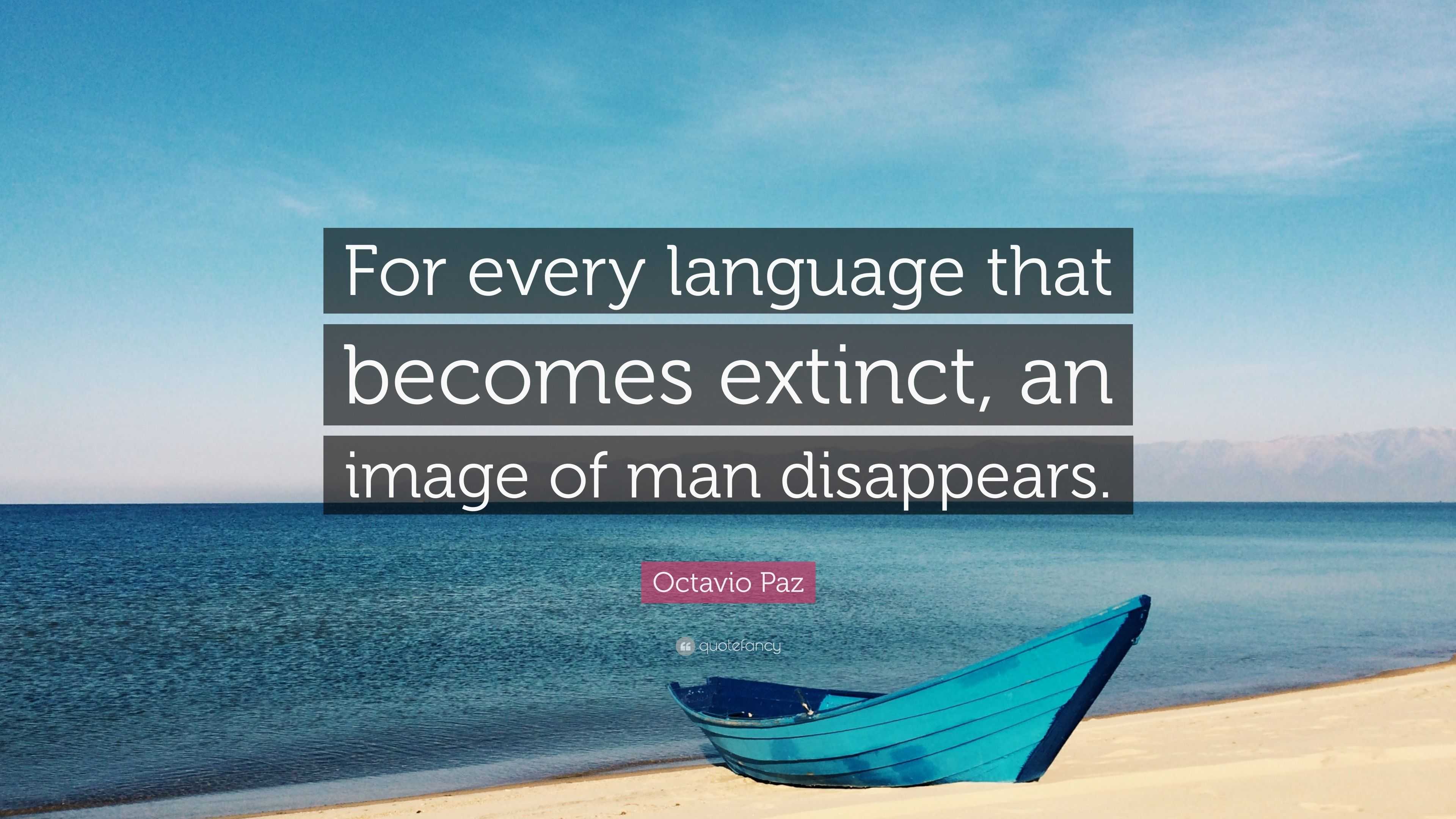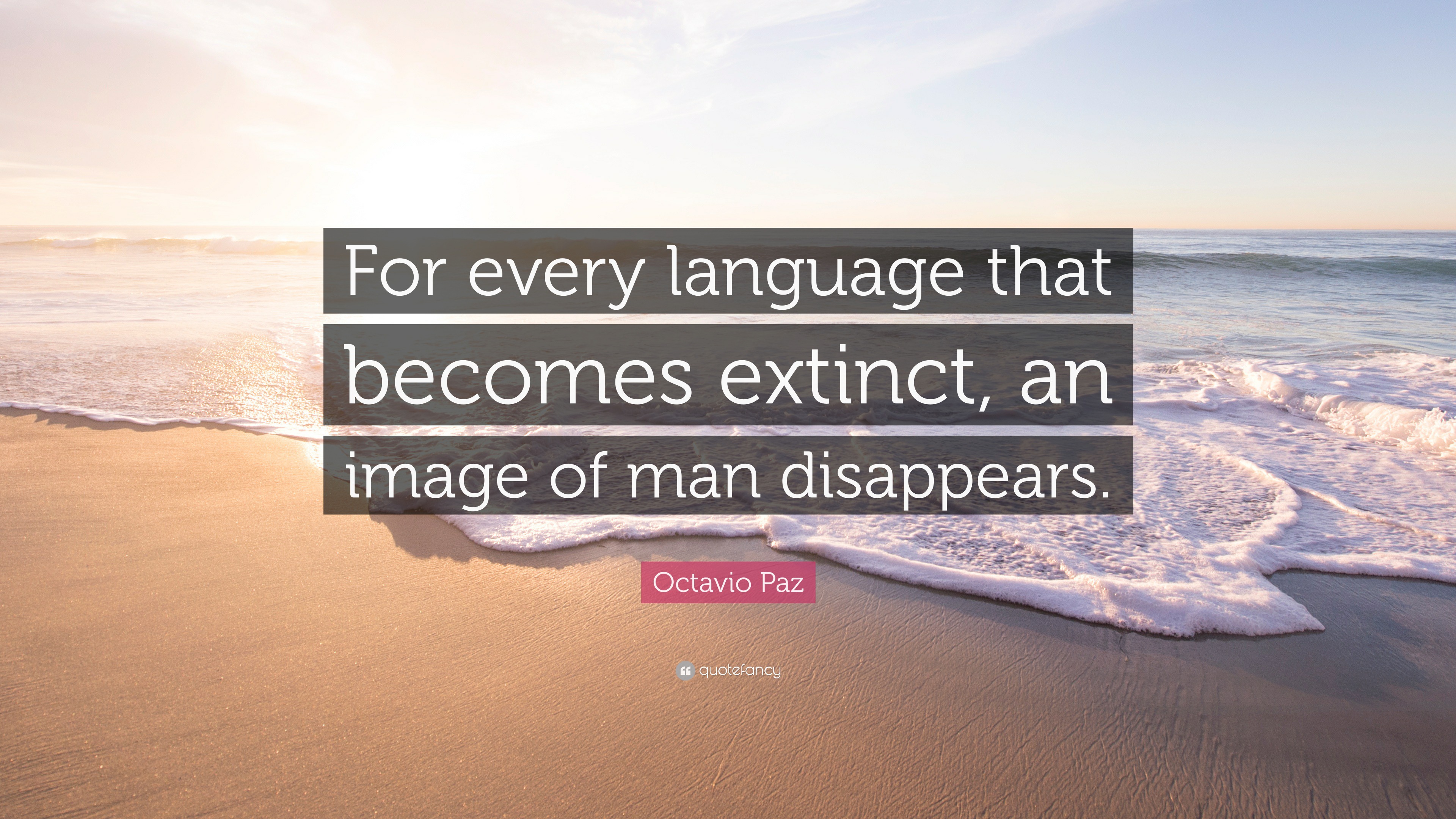2 400 of the world s languages are in danger of becoming extinct and about one language becomes extinct every two weeks

Endangered Languages: A Disturbing Reality

Language is the cornerstone of communication, culture, and identity. It allows us to express our thoughts, share our experiences, and connect with others. However, in today’s rapidly changing world, the rich tapestry of human languages is in peril. According to linguistic experts, approximately 2,400 languages worldwide are teetering on the brink of extinction, and shockingly, one language is lost every two weeks.
The extinction of a language is not merely the loss of a means of communication; it is the erosion of an entire heritage, knowledge system, and a deeply rooted sense of belonging for communities. These endangered languages often belong to small and marginalized communities, whose cultures, customs, and history are intertwined with their native tongue.

The factors contributing to the endangerment and extinction of languages are numerous. The rapid globalization and homogenization of cultures, the dominance of major languages, political and economic pressures, and the lack of support for language revitalization efforts all play a role in this alarming trend. As a result, indigenous languages, dialects, and minority languages are slowly fading away, giving way to more widely spoken languages.
Language revitalization is crucial in the fight against linguistic extinction. Communities, linguists, and organizations are working tirelessly to document endangered languages, preserve linguistic diversity, and revitalize dying languages. Efforts range from creating interactive language-learning platforms and developing language curricula to promote native languages in educational institutions, to supporting cultural events and initiatives that celebrate linguistic diversity.
In this battle to preserve our linguistic heritage, digital technology is proving to be a powerful ally. Online dictionaries, language apps, and recording tools are facilitating language documentation and enabling broader access to endangered languages. Furthermore, social media platforms provide spaces for language communities to connect, exchange resources, and raise awareness about their endangered languages.
To bring about a positive change, it is imperative to recognize the value of linguistic diversity and embrace the importance of indigenous languages. Governments, educational institutions, and communities must collaborate to create policies and initiatives that empower language speakers, build language revitalization programs, and preserve linguistic knowledge for future generations.
In conclusion, the staggering decline of languages around the world demands immediate attention and action. Every language lost is an irreversible erasure of rich cultural heritage and knowledge. It is our collective responsibility to cherish and protect linguistic diversity and ensure the survival of endangered languages. Let us celebrate the beauty of each unique tongue and work together towards a future where no language is left behind.
Tags
Share
Related Posts
Quick Links
Legal Stuff

